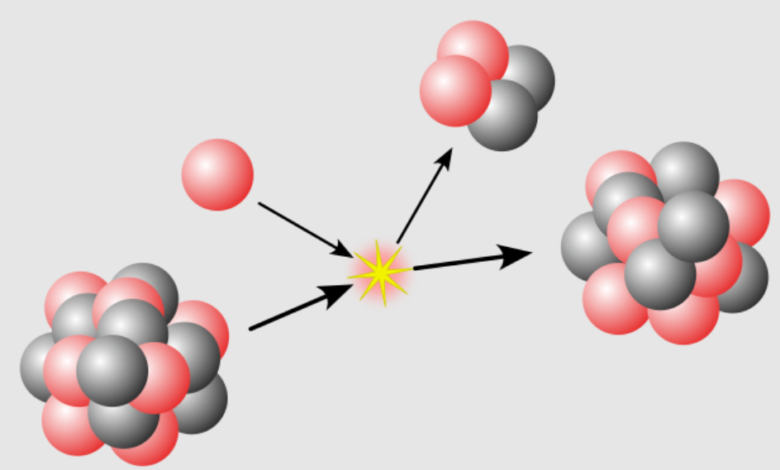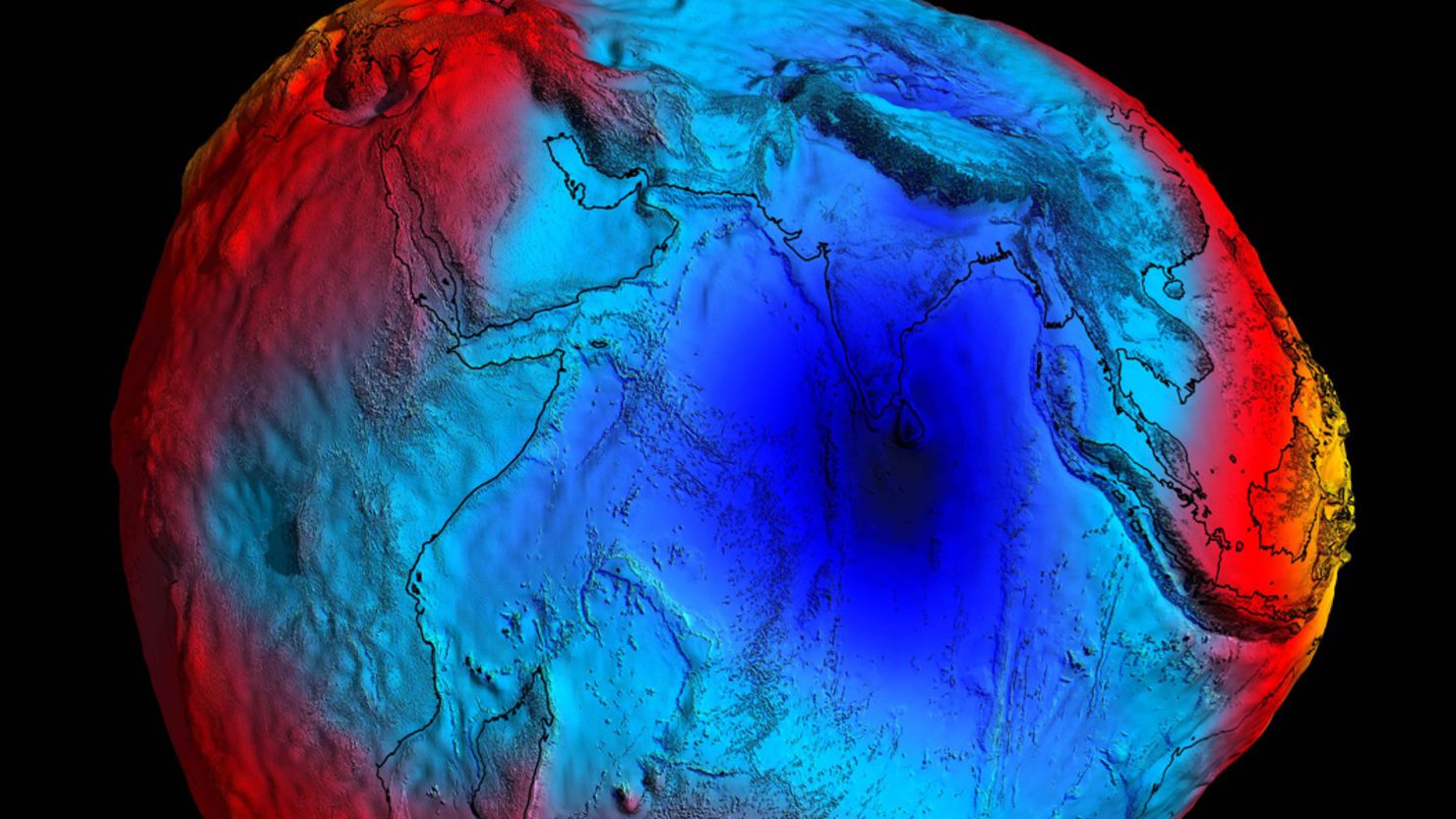Discover the Powerful Energy Link to State Change Represented by the Model

The energy required for a change of state is reflected in the model’s representation. Understanding this relationship is crucial for grasping the concept effectively.
Energy plays a vital role in the process of changing from one state, such as solid to liquid or liquid to gas. By examining the model, we can visualize how energy input or output affects the transition between states. This direct link between energy and state changes helps explain many phenomena observed in the physical world.
A clear understanding of this relationship enhances the comprehension of scientific principles and their applications in various fields. Let’s delve deeper into the intricate connection between energy and state changes as portrayed by the model.
Contents
- 1 The Science Of State Change
- 2 Key Factors Affecting State Change
- 3 Implications In Various Fields
- 4 Understanding The Energy-state Change Model
- 5 Harnessing The Power Of State Change Energy
- 6 Frequently Asked Questions
- 6.1 How Does Energy Affect The Change Of State?
- 6.2 What Is The Relationship Between Energy And The Model Of State Change?
- 6.3 Why Is Energy Important In Understanding State Change?
- 6.4 How Is Energy Transferred During A Change Of State?
- 6.5 Can Energy Cause A Substance To Change Its State?
- 6.6 What Happens To Energy During A State Change?
- 6.7 Does Energy Affect The Speed Of State Change?
- 6.8 How Does Energy Affect The Structure Of Matter During State Change?
- 6.9 What Role Does Energy Play In Phase Transitions?
- 6.10 Can Energy Be A Limiting Factor In State Change?
- 7 Conclusion
The Science Of State Change
State changes relate closely to energy transfer within matter.
The Relationship Between Energy And State Change
Energy directly influences state changes in matter.
How Energy Impacts The Transition Between States
Energy levels determine shifts between solid, liquid, and gas states.

Credit: www.cnn.com
Key Factors Affecting State Change
Energy plays a crucial role in the change of state. The model illustrates the relationship between energy input and the transition from one state to another. Factors like temperature and pressure directly impact the energy required for state change. Understanding this connection aids in grasping the concept of state change.
Temperature and State Change Maintaining a steady temperature is crucial in determining the state of matter. Pressure and State Change Pressure too plays a significant role in altering the state of matter.
Implications In Various Fields
The change of state as represented by the model has far-reaching implications across various fields, from chemistry and physics to engineering and materials science. Understanding the relationship between energy and state changes is crucial for advancements in these disciplines.
State Change In Chemistry And Physics
Chemistry: The concept of energy and state change is central to understanding chemical reactions and phase transitions. It impacts the synthesis of new materials and the study of thermodynamics, influencing fields such as environmental science and pharmaceutical research.
Physics: In physics, energy plays a crucial role in the change of state, affecting the behavior of matter and the principles of quantum mechanics. Understanding these dynamics is fundamental to advancements in electronics, optics, and nanotechnology.
Applications In Engineering And Materials Science
Engineering: Energy-related state changes are pivotal in the design and functionality of various engineering systems, from thermal management in automotive engineering to the development of renewable energy technologies.
Materials Science: The correlation between energy and state change drives innovations in materials science, influencing the creation of advanced materials with unique properties, as well as the exploration of new avenues for renewable energy production.

Credit: en.wikipedia.org
Understanding The Energy-state Change Model
The Energy-State Change Model illustrates the relationship between energy and the transformation of matter. It visually represents how energy influences the change of state in substances, shedding light on the underlying processes behind physical transformations. Understanding this model enriches our grasp of the fundamental principles governing state changes.
The Energy-State Change Model is a helpful tool in understanding the relationship between energy and changes of state. It provides a visual representation of how energy is involved when a substance transitions from one state to another, such as from a solid to a liquid or from a liquid to a gas. By understanding this model, we can gain insights into the underlying energy transfer that occurs during such state changes.
Components Of The Model
The Energy-State Change Model consists of three key components:
- Particles: In this model, particles represent the atoms, molecules, or ions that make up a substance. These particles are in constant motion and possess different amounts of kinetic energy, which depends on the substance’s temperature.
- Energy: Energy exists in different forms, such as heat and potential energy. It is responsible for the movement and behavior of the particles within a substance. Additionally, energy can be absorbed or released as a substance undergoes a change of state.
- Interractions: The interactions between particles are also an important component of the model. These interactions determine how particles move and how they are connected to one another within a substance.
Practical Examples Of The Model In Action
Let’s explore a few practical examples to illustrate how the Energy-State Change Model works:
- Ice melting into water: When heat is applied to a solid substance like ice, the particles gain energy. This increase in energy causes the particles to vibrate more vigorously, eventually breaking the bonds that hold them together in a solid structure. As a result, the ice melts into water, undergoing a change from a solid to a liquid state.
- Water boiling into steam: When heat is supplied to liquid water, its particles gain even more energy. The increased energy causes the particles to move faster and overcome the forces of attraction between them. This leads to the formation of gas bubbles and eventually the conversion of water into steam, representing a change from a liquid to a gaseous state.
- Condensation of steam into liquid: When steam comes into contact with a cool surface, it loses energy. The decrease in energy causes the steam particles to slow down and come closer together. As a result, the steam condenses into liquid water, indicating a change from a gaseous to a liquid state.
Through the Energy-State Change Model, we can better comprehend how energy influences the change of state in different substances. By considering the particles, energy, and interactions within a system, we can gain insights into the fascinating transformations that occur in our everyday lives.
Harnessing The Power Of State Change Energy
Explore the correlation between energy and state change within a model illustration, showcasing the transformative potential in harnessing state change energy efficiently and effectively. Understanding the dynamics of energy transformation can lead to innovative applications in various fields.
Harnessing the power of state change energy holds immense potential for innovative advancements in various fields. Understanding the relationship between energy and the change of state represented by the model allows us to unlock incredible possibilities. By utilizing the energy involved in state changes, we can revolutionize industries, develop new technologies, and pave the way for a more sustainable future.
Utilizing State Change Energy For Innovation
When it comes to innovation, state change energy offers a vast range of opportunities. By harnessing the energy released or absorbed during state changes, we can create groundbreaking products and technologies. For example, the phase change from solid to liquid, like melting ice, releases energy that can be used to power engines or generate electricity.
Moreover, by utilizing the energy involved in evaporation and condensation processes, we can develop advanced cooling systems that are more energy-efficient. These systems have the potential to reduce energy consumption and contribute to the fight against climate change.
Potential Future Developments And Applications
The potential future developments and applications of state change energy are extensive. One fascinating area is the field of material science. By understanding how changes in energy affect state transitions, scientists can develop new materials with improved properties. This can lead to advancements in various industries, such as construction, electronics, and transportation.
Furthermore, in the realm of renewable energy, state change energy plays a crucial role. Technologies such as geothermal power plants utilize the energy stored in the Earth’s interior, where state changes occur, to generate clean and sustainable electricity. This approach reduces reliance on fossil fuels and contributes to a greener energy infrastructure.
Frequently Asked Questions
How Does Energy Affect The Change Of State?
Energy plays a crucial role in changing the state of matter by either adding or removing heat, causing particles to move differently.
What Is The Relationship Between Energy And The Model Of State Change?
The model of state change represents how the energy within a substance affects the arrangement and movement of its particles.
Why Is Energy Important In Understanding State Change?
Understanding the role of energy helps us explain and predict how substances transform from solid to liquid, liquid to gas, or vice versa.
How Is Energy Transferred During A Change Of State?
Energy is transferred through processes like heating or cooling, where it either breaks or forms intermolecular bonds, enabling the change of state.
Can Energy Cause A Substance To Change Its State?
Yes, energy can supply the necessary heat to increase particle movement, allowing a substance to change its state from solid to liquid or from liquid to gas.
What Happens To Energy During A State Change?
During a state change, energy is either absorbed or released. This energy is used to break or form inter molecular bonds between particles.
Does Energy Affect The Speed Of State Change?
Yes, the amount of energy supplied determines the speed at which a substance changes state. More energy leads to faster state change.
How Does Energy Affect The Structure Of Matter During State Change?
Energy affects the structure of matter by either weakening or strengthening intermolecular forces, which determines the arrangement of particles during state change.
What Role Does Energy Play In Phase Transitions?
Energy contributes to phase transitions by enabling substances to overcome intermolecular forces, resulting in changes from one state to another.
Can Energy Be A Limiting Factor In State Change?
Yes, if an insufficient amount of energy is supplied, it can limit the ability of particles to overcome intermolecular forces and undergo a state change.
Conclusion
Understanding the relationship between energy and change of state is vital. By applying the model, we can observe shifts in energy during alterations in state. This knowledge illuminates various processes in nature and industry. With this insight, we can better comprehend and harness the transformative power of energy.



